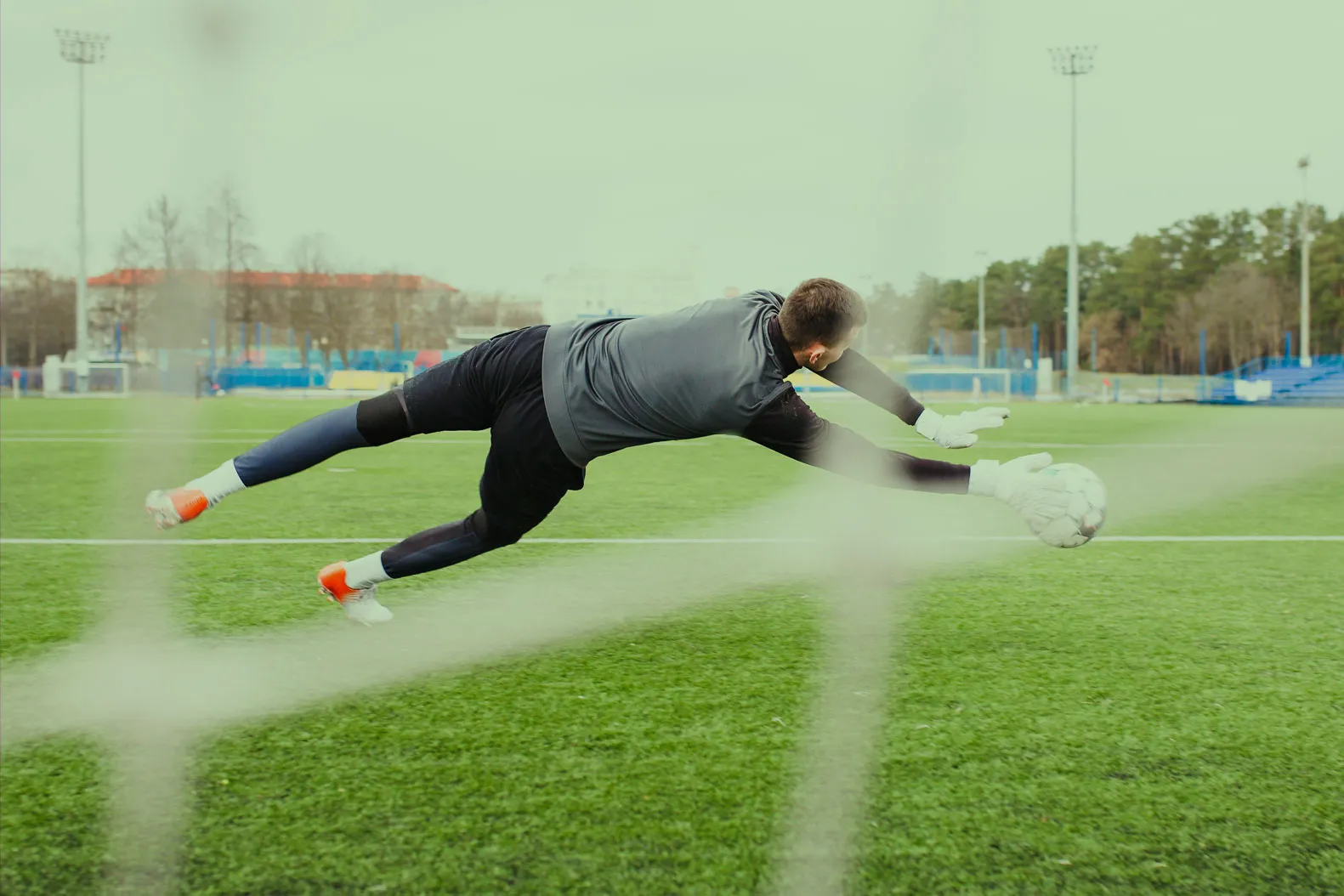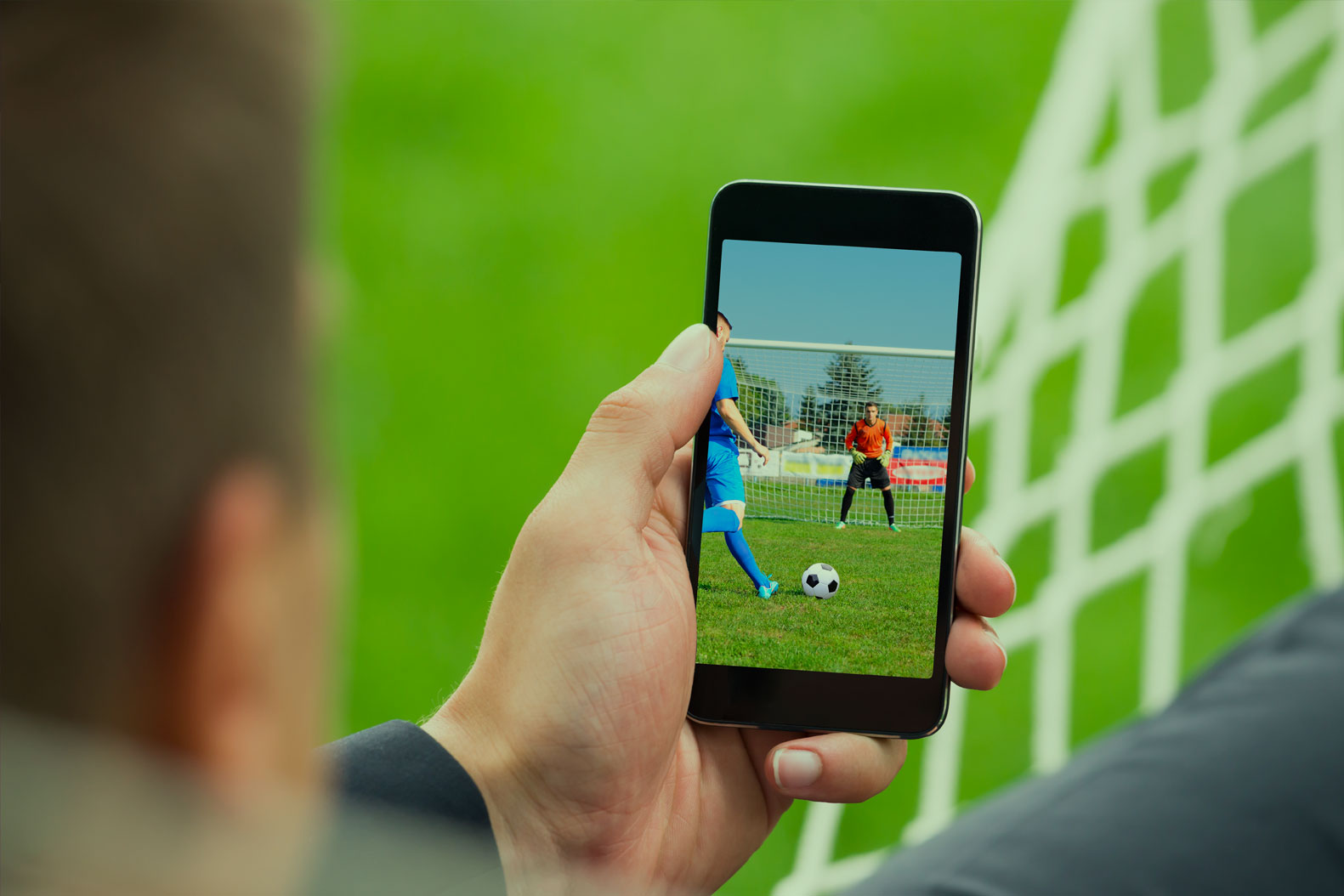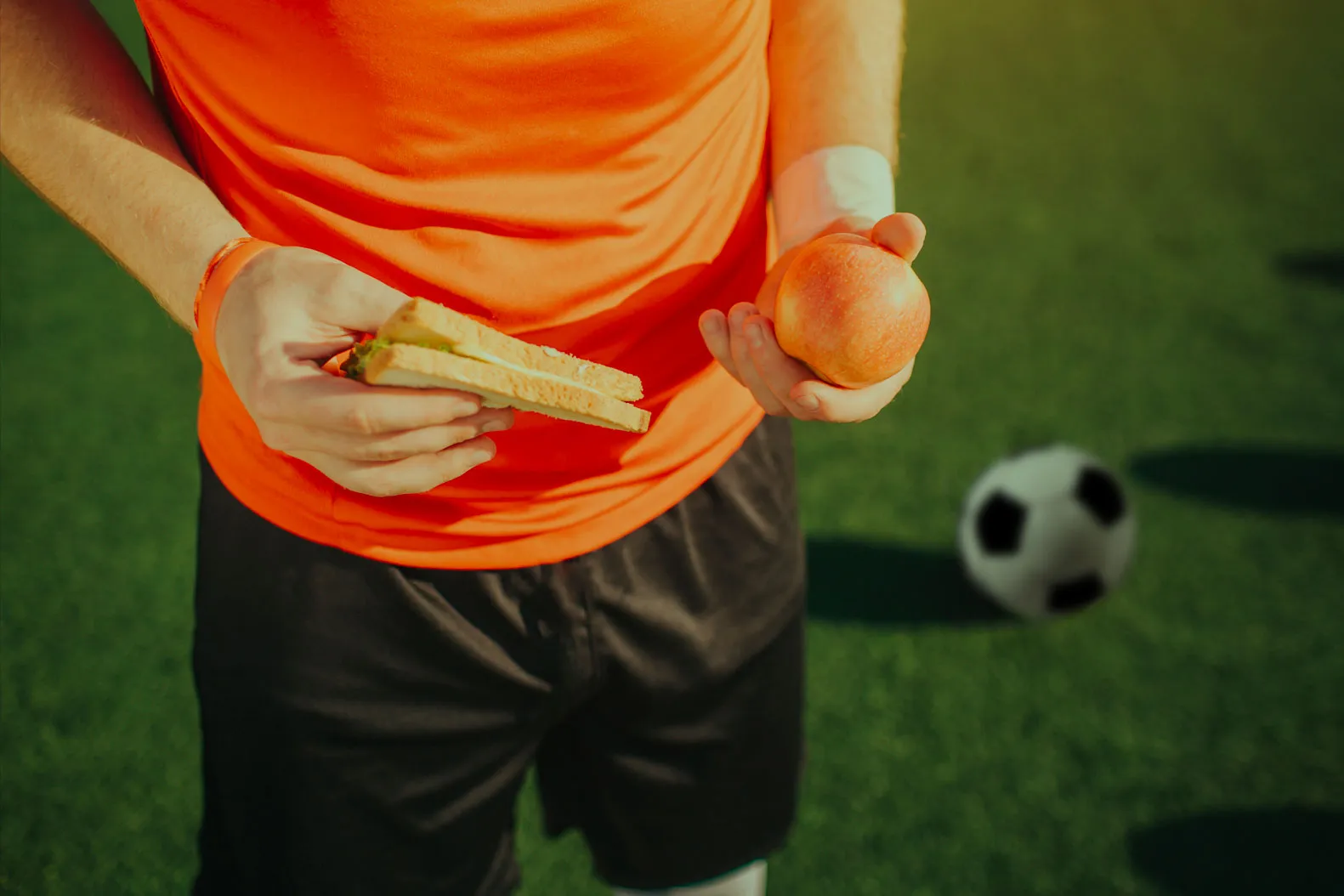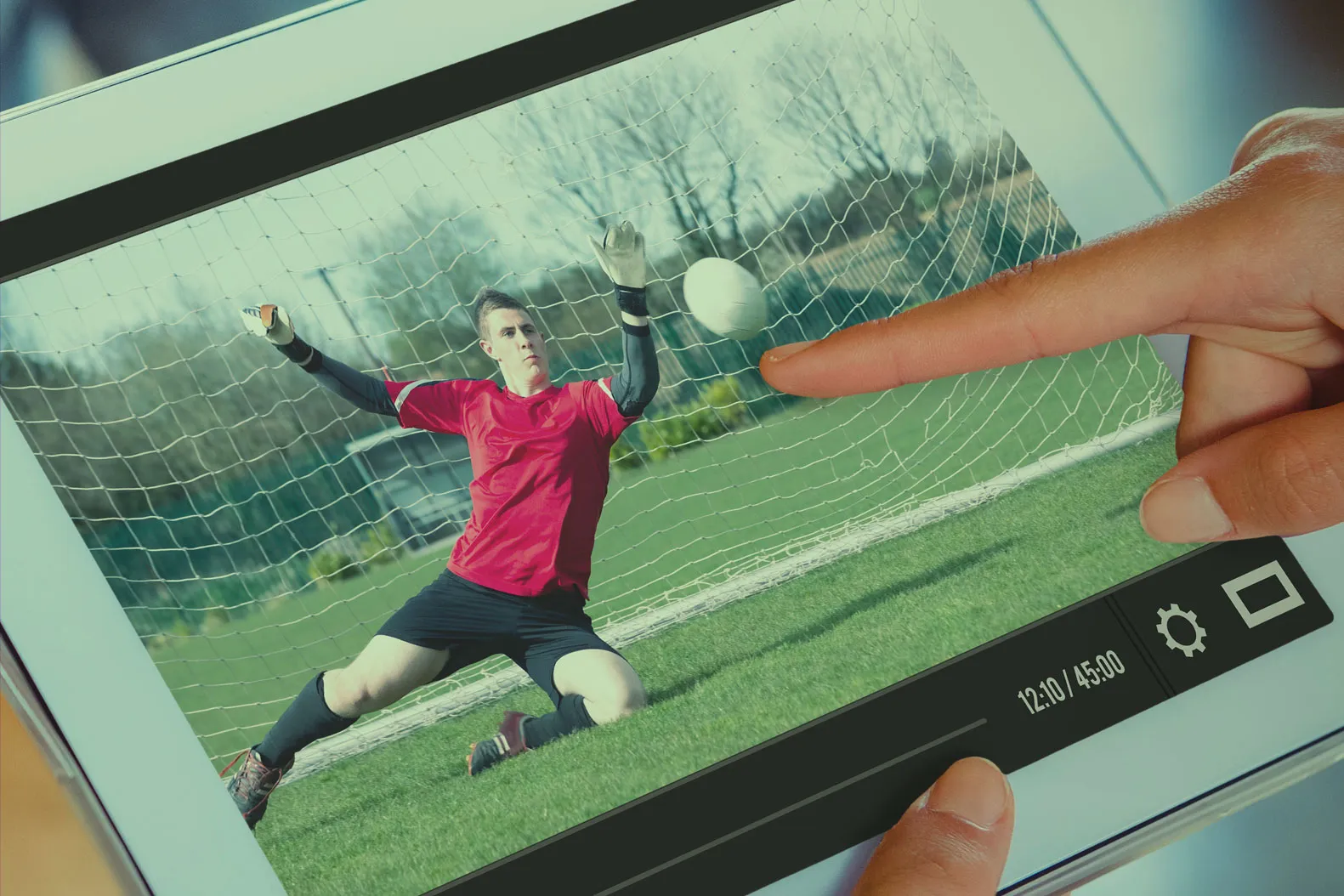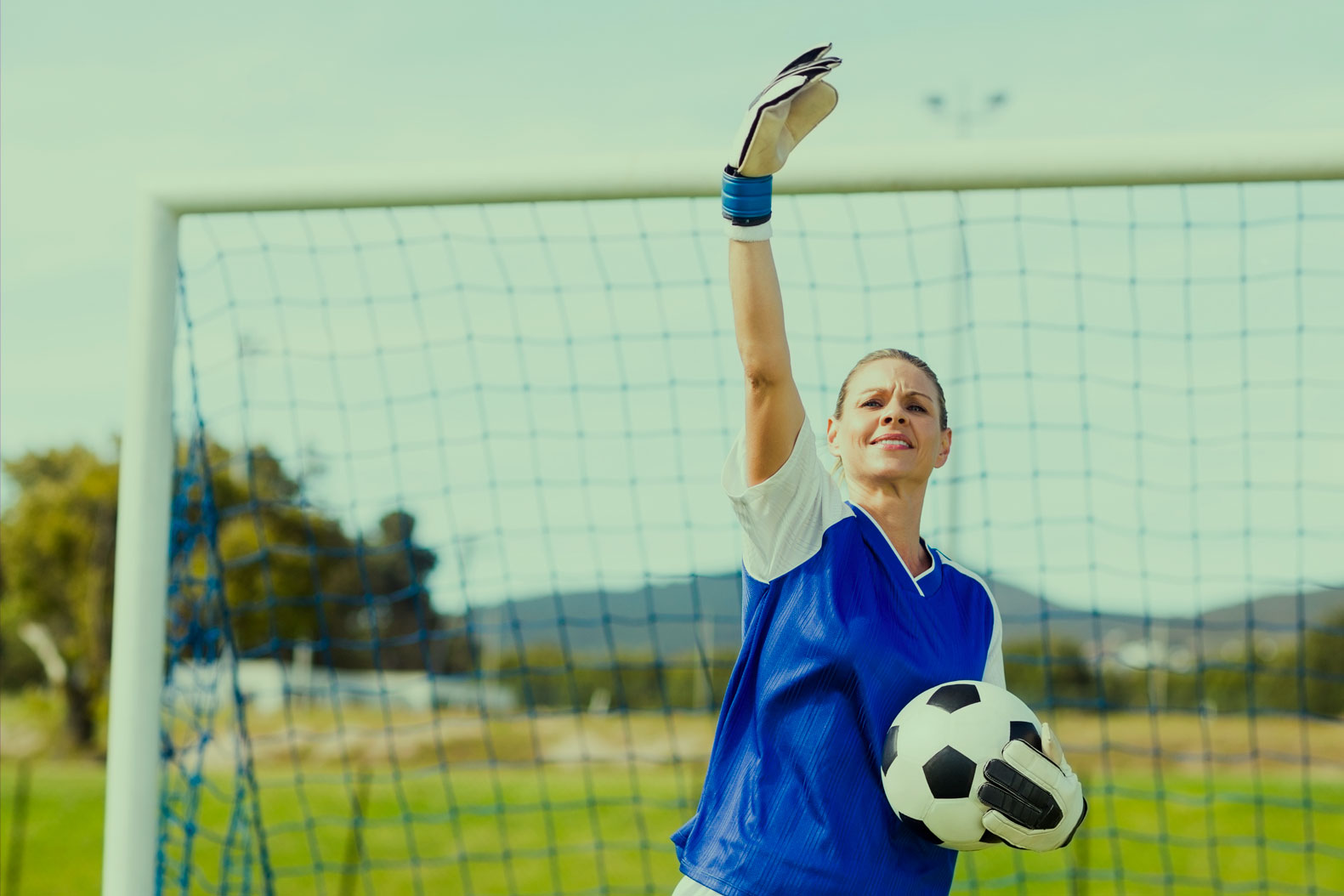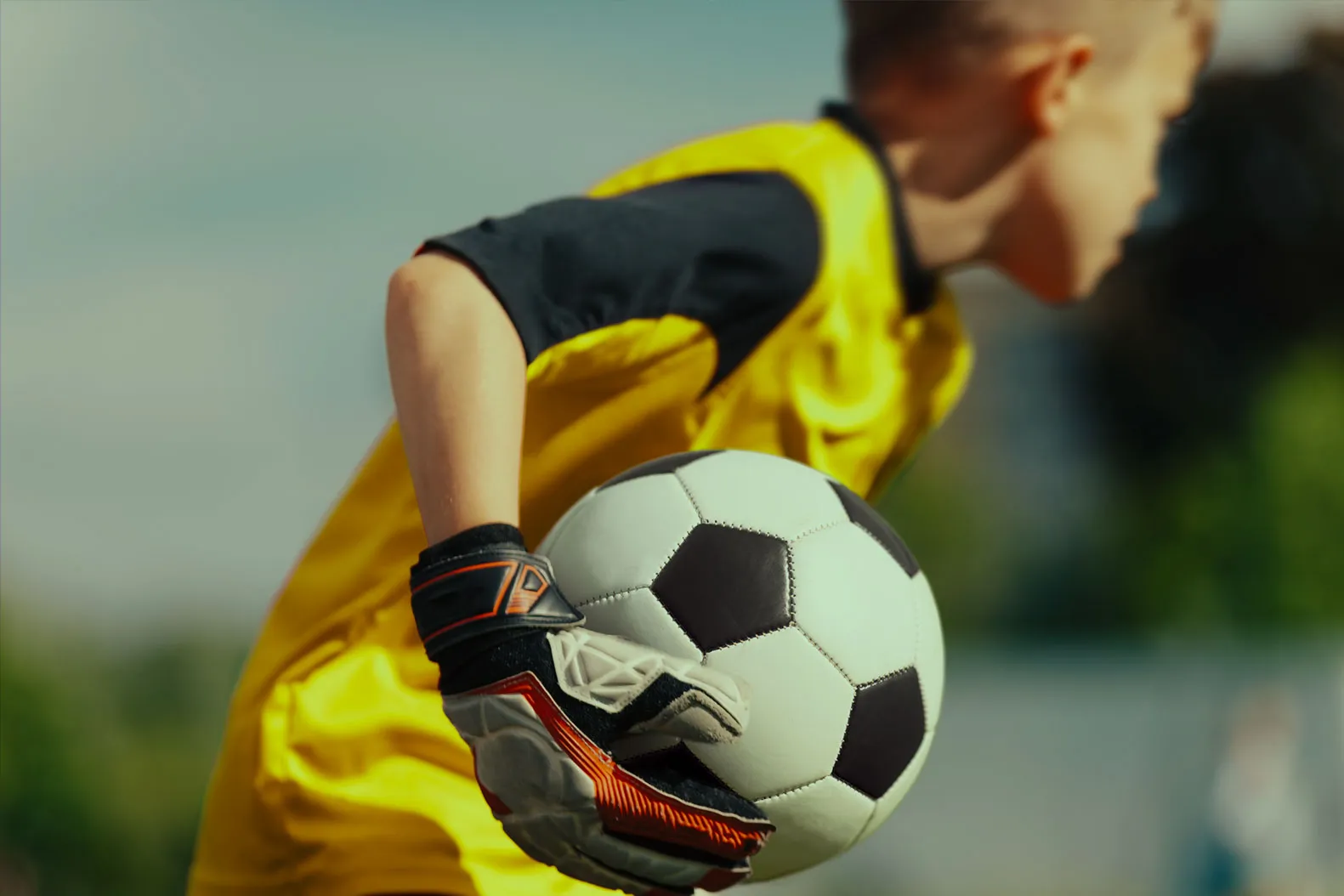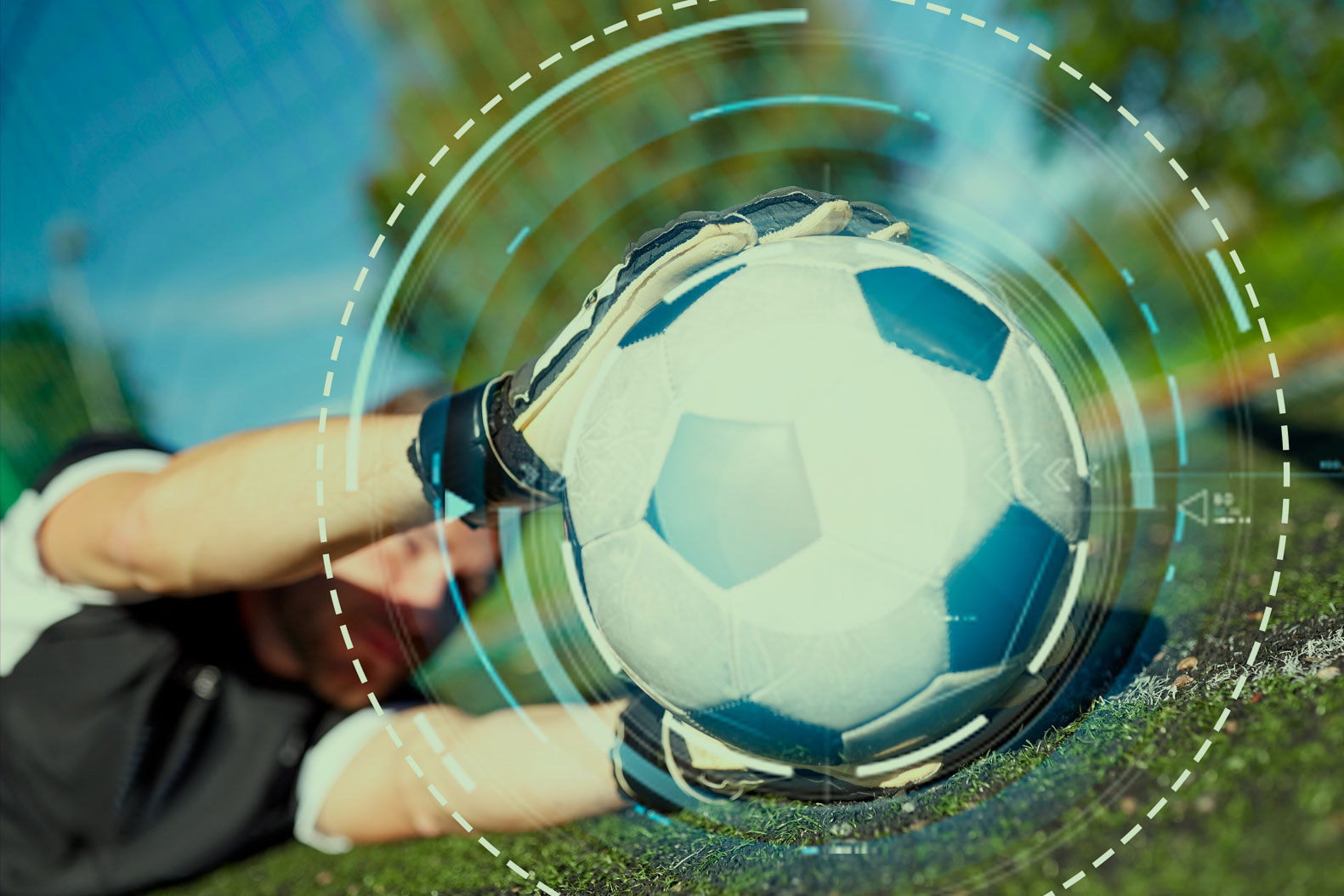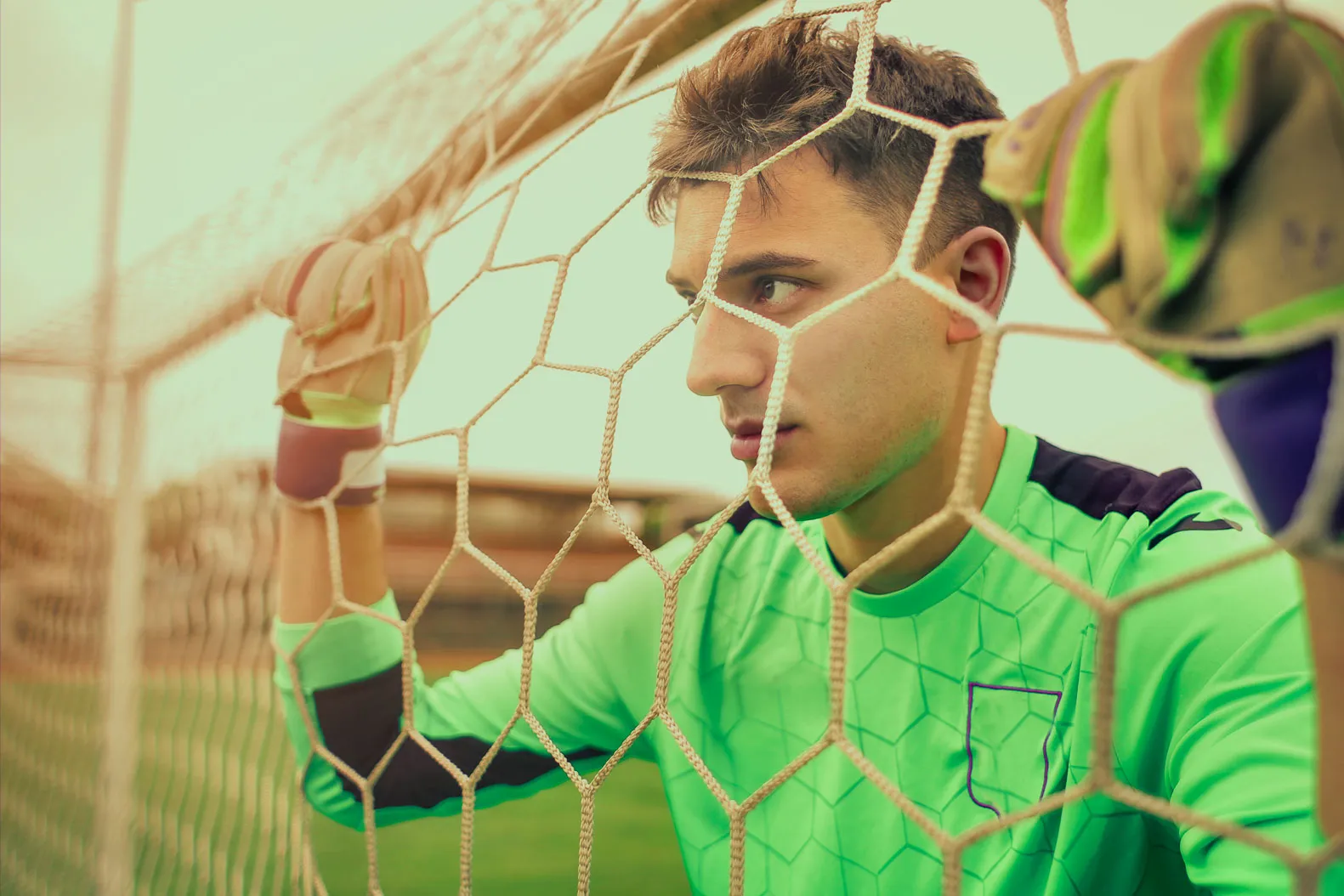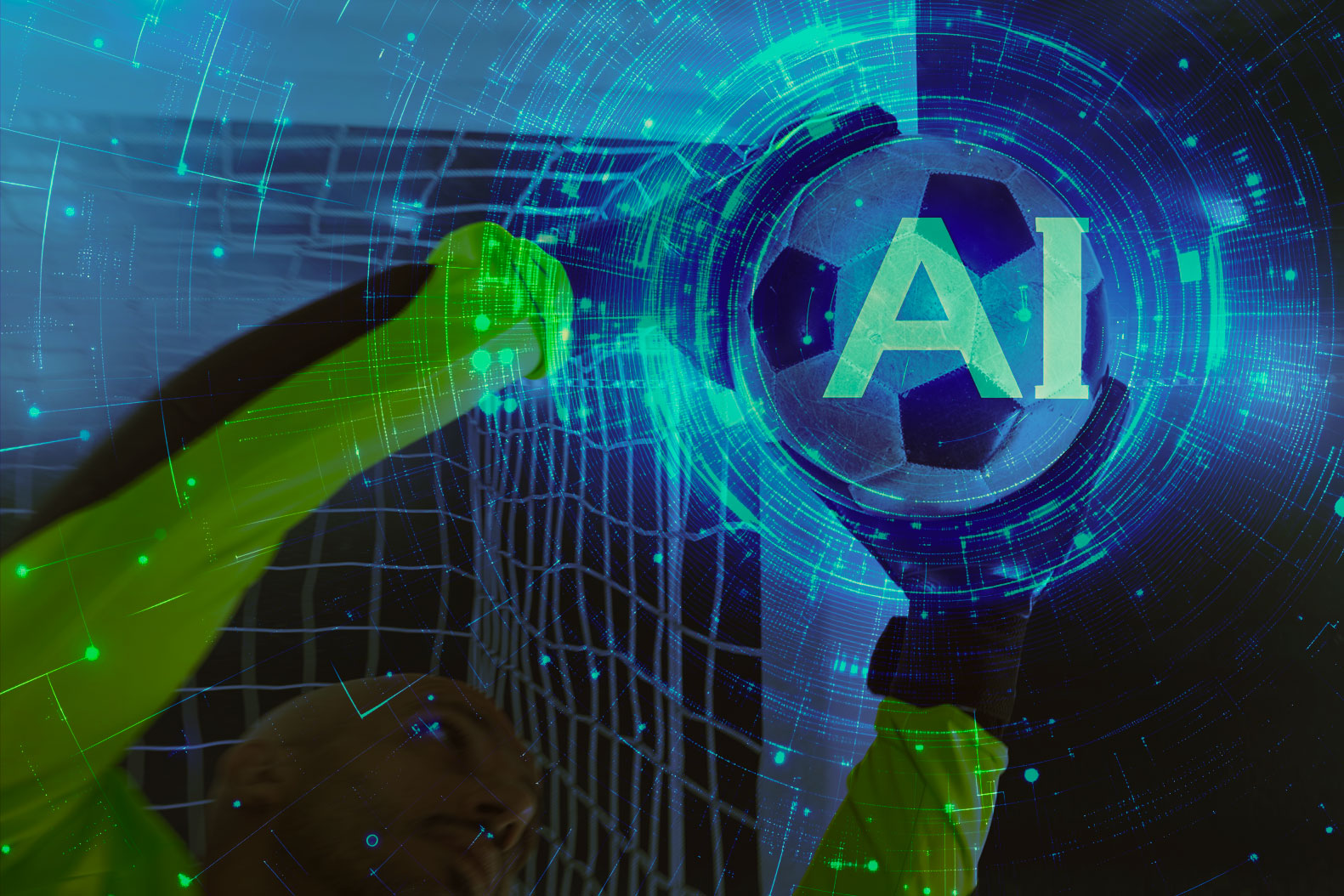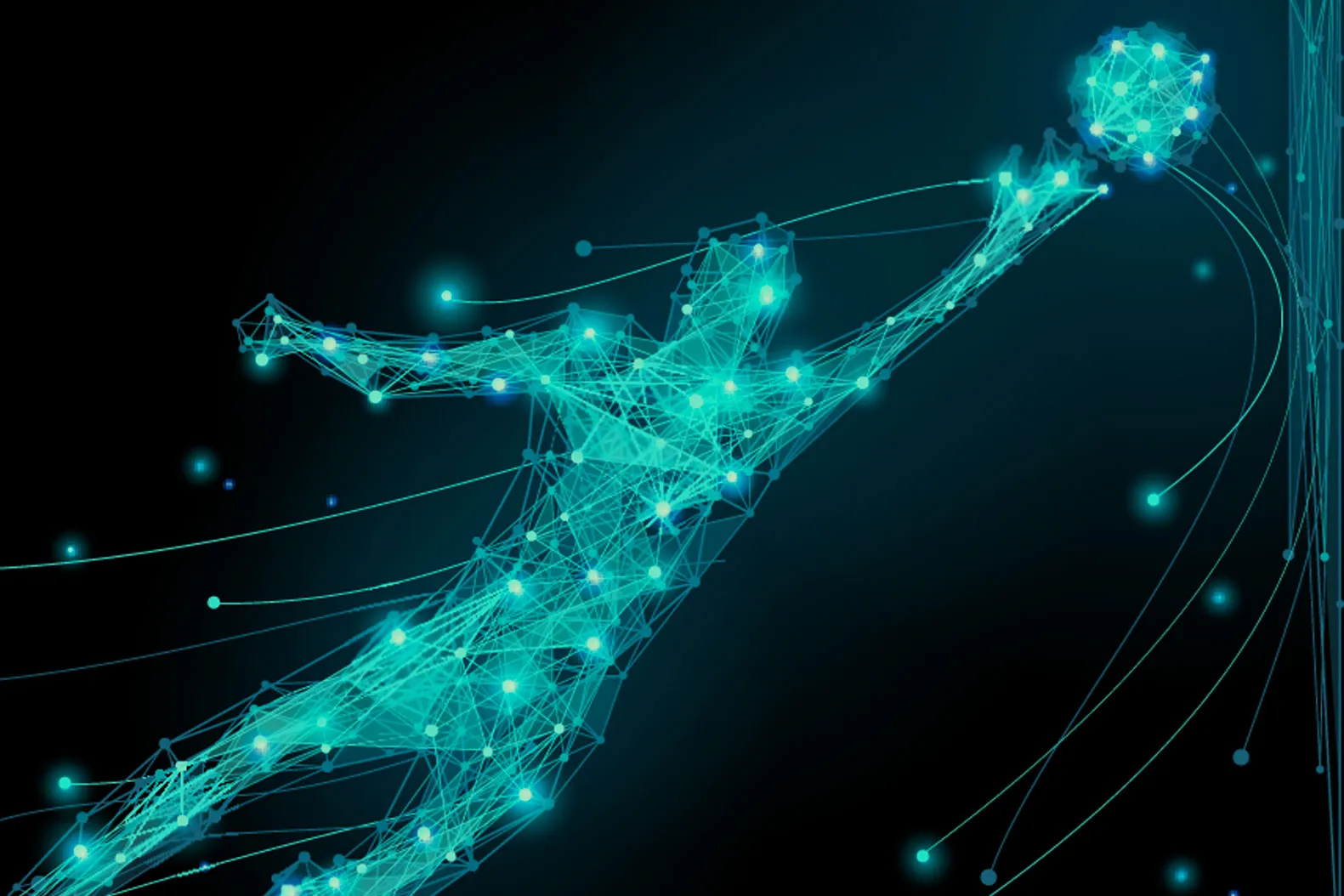The importance of cardiovascular endurance for goalkeepers: specific programs to maintain a high level of performance
Antoine Roex, Keeper In Motion – 14 March 2025
Adopting a targeted cardio routine enables goalkeepers to develop optimal stamina and keep up the pace during each match. Find out how to adjust training to support explosive efforts and improve endurance capacities.
Effort and cardio requirements
The goalkeeper faces singular physical constraints, as he must alternate between phases of observation and highly explosive actions. A good base of cardiovascular endurance is the foundation for holding out during repeated efforts and avoiding fatigue at the end of the match. Dives, jumps and lateral movements require a high-performance cardiopulmonary system to supply the muscles with the oxygen they need. Moderate-intensity running sessions are often an integral part of preparation, as they reinforce the ability to recover quickly between two decisive actions. Fractional exercise, added to regular training, increases effort tolerance and improves overall stamina. The aim remains to maintain a controlled heart rate while being ready to deliver a peak of power when the situation calls for it. A healthy heart also offers better recovery and helps reduce the risk of fatigue-related injuries. The development of this endurance is fine-tuned week by week, taking into account the competition schedule and rest requirements.
Key parameters of cardiovascular training
Long sessions at a moderate pace provide a solid basis for building endurance capacity, mainly by stimulating aerobic activity. High-intensity training, in the form of sprints or splits, also stimulates the anaerobic pathway, which is essential for explosive reaction to every action. Active rest periods allow the heart rate to drop slightly before resuming an intense effort, which reproduces the rhythm of a match. Muscle-strengthening exercises are an ideal complement to cardio work, since strong muscles contribute to greater stability during movement. Listening to your body plays a decisive role in adapting the workload to your progress and avoiding overexertion. Progressive increases in training intensity and volume minimize the risk of injury, while ensuring constant improvement in performance. Recovery sessions (stretching, massages, cold baths) maintain balance and promote cellular regeneration. The variations in rhythm, changes in direction and effort-rest alternation typical of a match call for a cardio training plan capable of reproducing these constraints.
Specific programs for goalkeepers
A goalkeeper’s cardio training is often tailored to the needs of the position, to enhance agility and alertness within a smaller perimeter. Short sprint circuits, linked with jumps, stimulate the cardiovascular system while perfecting reactivity. Workshops incorporating a ball encourage concentration and better prepare for the reality of the field, as fatigue is combined with the need to perform a precise gesture. Some trainers emphasize indoor sessions, including coordination and proprioception exercises, to consolidate balance and build confidence. Sessions on the treadmill or bike provide an additional advantage when it comes to varying muscular demands and managing recovery. Precise management of rest periods remains vital, as it determines the ability to reproduce successive sprints or dives. Data provided by connected watches and heart rate monitors guide adjustments, enabling methodical progression. Rigorous planning ensures overall consistency and takes into account competition periods, when recovery sometimes takes precedence over increased workload.
Mental impact and regular follow-up
Cardiovascular commitment also modifies the perception of effort and confidence in one’s abilities, as the goalkeeper knows he can go the distance. Psychological resistance is strengthened as you push your limits, which can make all the difference in high-pressure match situations. The progress noted, followed by field tests or precise measurements, motivates you to continue and diversify your exercises. The feeling of lightness and dynamism on the pitch is often cited as one of the major reasons for investing in adapted cardio preparation. Feedback from training sessions should be discussed with the technical staff or physical trainer, so that any necessary adjustments can be made. Mental preparation is naturally combined with the implementation of a warm-up and cool-down routine to maintain a high level of alertness. Online coaching solutions and personalized tracking applications offer useful indicators for more precise monitoring of progress. The beneficial effects are long-lasting, and consistency in practice helps to maintain a stable level of performance over the seasons.
Conclusion
Cardiovascular endurance is a major asset for goalkeepers, who need to maintain optimum playing intensity over the long term. Regular work on these physical aspects enables them to better absorb explosive efforts, sustain concentration and anticipate key moments in the match. Specific programs, adapted to the demands of the position in question, help to gradually build power and reduce the risk of injury. Beyond simple performance, cardio commitment has a positive influence on the mind, a decisive factor in decisive moments. Technological advances and monitoring methods further refine training possibilities, paving the way for ultra-personalized protocols. The benefits are felt on the pitch when sessions are built with consistency and determination. Adopting a comprehensive, well-thought-out approach guarantees a real and lasting impact on both fitness and self-confidence.
References :

